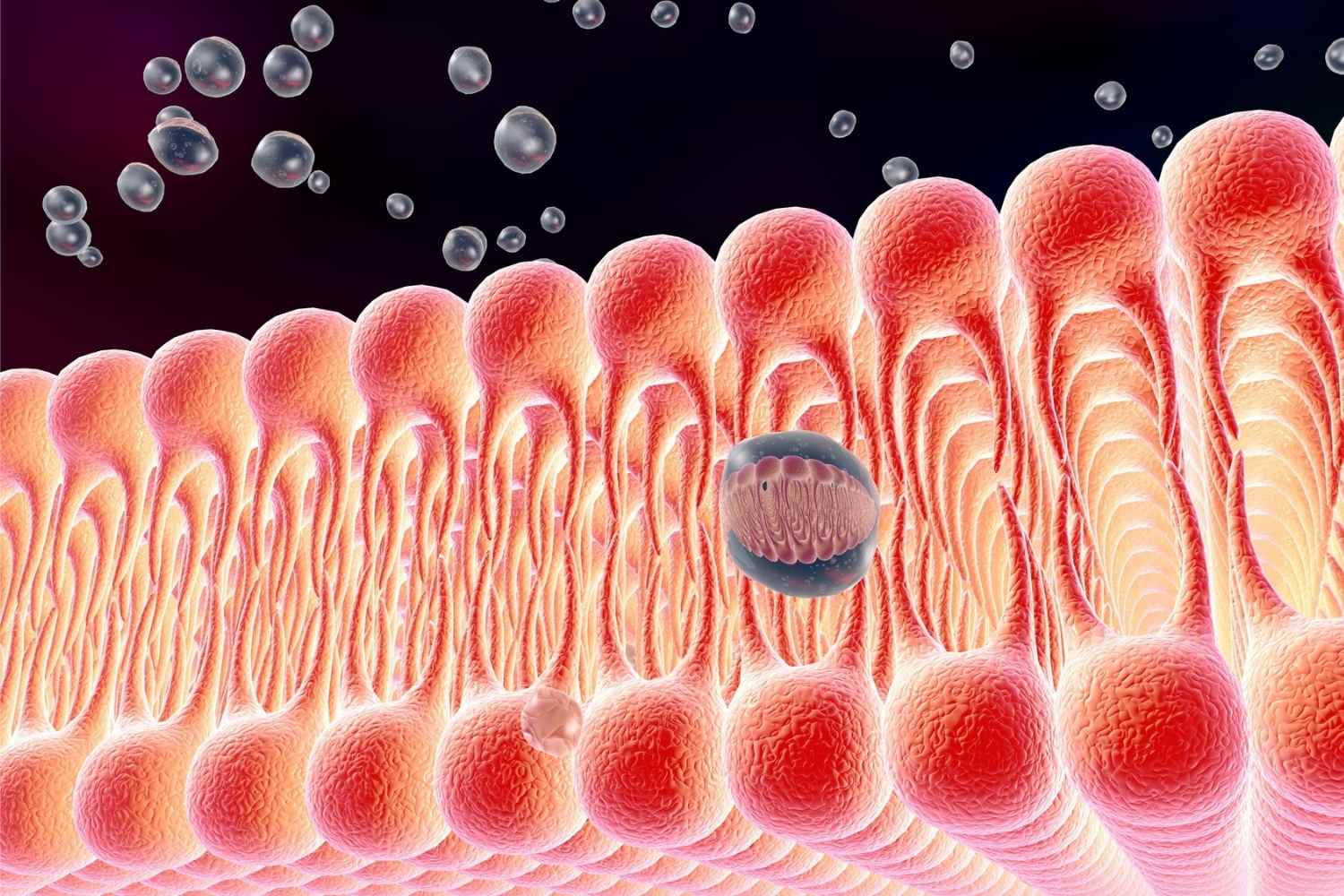
Lipid rafts are tiny, specialized areas within cell membranes that play crucial roles in various cellular processes. These microdomains are rich in cholesterol, sphingolipids, and proteins, making them distinct from the surrounding membrane. Why are lipid rafts important? They help in cell signaling, protein sorting, and membrane fluidity. Scientists believe these rafts act like cellular "control centers," organizing molecules for efficient communication and function. Understanding lipid rafts can shed light on how cells interact, respond to their environment, and maintain their structure. Dive into these 28 fascinating facts to learn more about these cellular powerhouses!
What Are Lipid Rafts?
Lipid rafts are specialized microdomains in cell membranes. They play crucial roles in various cellular processes. Let's dive into some fascinating facts about these tiny but mighty structures.
-
Lipid rafts are rich in cholesterol and sphingolipids, making them more ordered than the surrounding membrane.
-
These microdomains are involved in cell signaling, helping cells communicate with each other.
-
Lipid rafts can move laterally within the cell membrane, allowing them to interact with different proteins and lipids.
-
They are often associated with proteins involved in immune responses, such as receptors and enzymes.
The Role of Lipid Rafts in Health
Lipid rafts are not just structural components; they have significant implications for health. Here are some key points to consider.
-
They play a role in the entry of viruses into cells, including HIV and influenza.
-
Lipid rafts are involved in the regulation of insulin receptors, impacting diabetes management.
-
They help in the formation of amyloid plaques, which are linked to Alzheimer's disease.
-
Lipid rafts are crucial for the proper functioning of the nervous system, including neurotransmitter release.
Lipid Rafts in Research
Scientists are continually uncovering new aspects of lipid rafts. Research in this area is both exciting and promising.
-
Advanced imaging techniques, like fluorescence microscopy, are used to study lipid rafts.
-
Researchers are exploring the role of lipid rafts in cancer, particularly in how they affect cell growth and metastasis.
-
Lipid rafts are being studied for their potential in drug delivery systems, targeting specific cells more effectively.
-
They are also being investigated for their role in autoimmune diseases, such as multiple sclerosis.
Lipid Rafts and Cellular Processes
Lipid rafts are integral to many cellular processes. Understanding these can provide insights into their broader functions.
-
They are involved in endocytosis, the process by which cells internalize molecules.
-
Lipid rafts help in the organization of the cytoskeleton, providing structural support to cells.
-
They play a role in apoptosis, or programmed cell death, which is essential for maintaining healthy tissues.
-
These microdomains are involved in the trafficking of proteins and lipids within the cell.
Fun Facts About Lipid Rafts
Lipid rafts might sound serious, but there are some fun and quirky facts about them too!
-
They are sometimes referred to as "floating islands" within the cell membrane.
-
Lipid rafts can vary in size, from nanometers to micrometers, depending on their function.
-
They can form and dissolve rapidly, adapting to the cell's needs in real-time.
-
Some scientists believe that lipid rafts could be the key to understanding the origins of life, given their role in cellular organization.
Lipid Rafts in Plants and Animals
Lipid rafts are not exclusive to human cells; they are found in a variety of organisms.
-
In plants, lipid rafts are involved in signaling pathways that help the plant respond to environmental stress.
-
They play a role in the immune responses of animals, helping to detect and respond to pathogens.
-
Lipid rafts are found in yeast cells, where they are involved in cell wall synthesis and maintenance.
-
In insects, lipid rafts help in the development of sensory organs, such as antennae.
Challenges in Studying Lipid Rafts
Despite their importance, studying lipid rafts comes with its own set of challenges.
-
Their small size and dynamic nature make them difficult to observe directly.
-
The composition of lipid rafts can vary between different cell types and even within the same cell, adding complexity to their study.
-
Isolating lipid rafts without disrupting their structure is a significant challenge for researchers.
-
There is still much debate among scientists about the exact definition and characteristics of lipid rafts, making standardization difficult.
Lipid Rafts: The Final Word
Lipid rafts play a crucial role in cell membrane organization and function. These microdomains, rich in cholesterol and sphingolipids, help in signal transduction, protein sorting, and membrane fluidity. They’re like the cell’s control centers, ensuring everything runs smoothly. Researchers continue to uncover new aspects of lipid rafts, shedding light on their involvement in diseases like Alzheimer’s and cancer. Understanding these tiny structures can lead to breakthroughs in medical science, offering new avenues for treatment and prevention. So, next time you think about cell membranes, remember the unsung heroes—lipid rafts. They might be small, but their impact is huge. Keep an eye on future studies; who knows what other secrets these fascinating structures will reveal?
Was this page helpful?
Our commitment to delivering trustworthy and engaging content is at the heart of what we do. Each fact on our site is contributed by real users like you, bringing a wealth of diverse insights and information. To ensure the highest standards of accuracy and reliability, our dedicated editors meticulously review each submission. This process guarantees that the facts we share are not only fascinating but also credible. Trust in our commitment to quality and authenticity as you explore and learn with us.
